News and Insights
Latest insights from our industry engineers
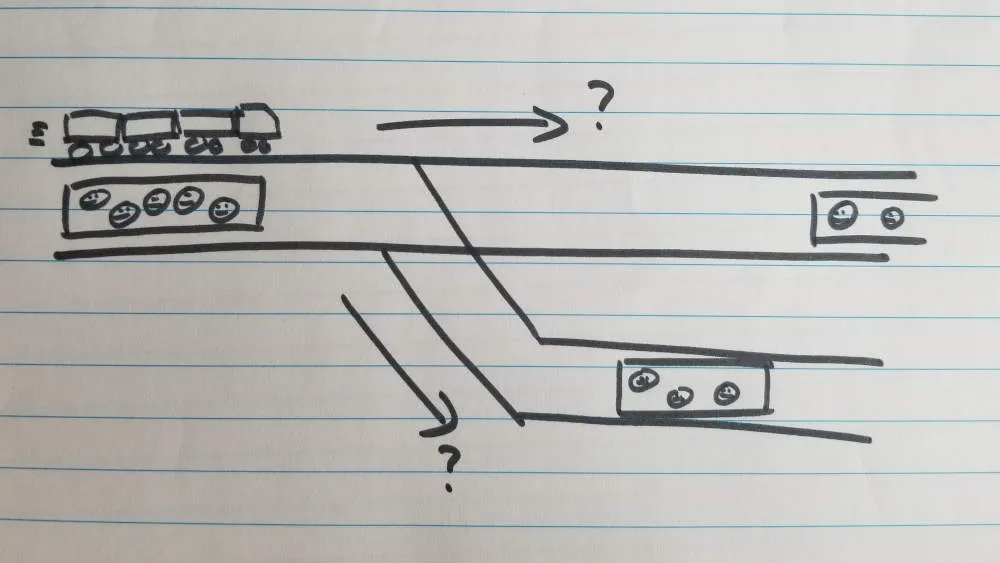
How trains know when and where to go
Trains are told when and where to go thanks to the signalling system and the timetable. The signalling system sets routes for trains to follow on a line, and makes sure the trains don’t hit each other. Timetables are calculated to best serve the train’s customers while also considering positioning of the crew and the positioning of the trains.
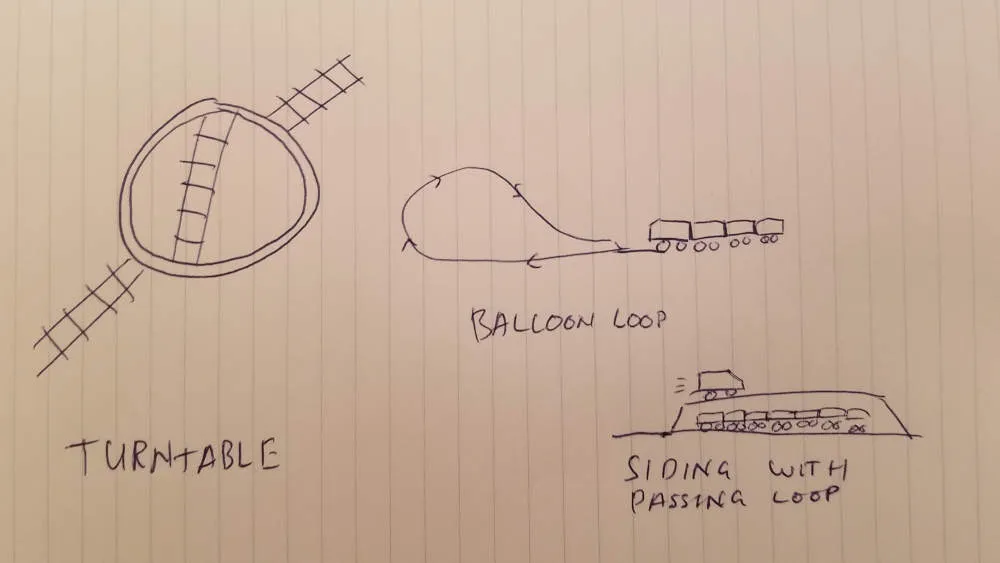
How trains turn around, and why it's important to be quick
Subway and metro trains turn around by reversing their direction at the end of the line, usually these trains are capable of being driven from either end; in my experience it takes 2-4 minutes to turn a passenger train around. Larger trains pulled by locomotives, such as freight trains, can be turned around at sidings, by a balloon loop, or...

What the Rail Systems are, a visual guide to common systems
I do a lot of work with rail systems. Much of this is about how the rail systems interact with other parts of the train line. This work means helping people understand what rail systems are and how they work. Here, I’ve tried to do the same, to help anyone understand rail systems.
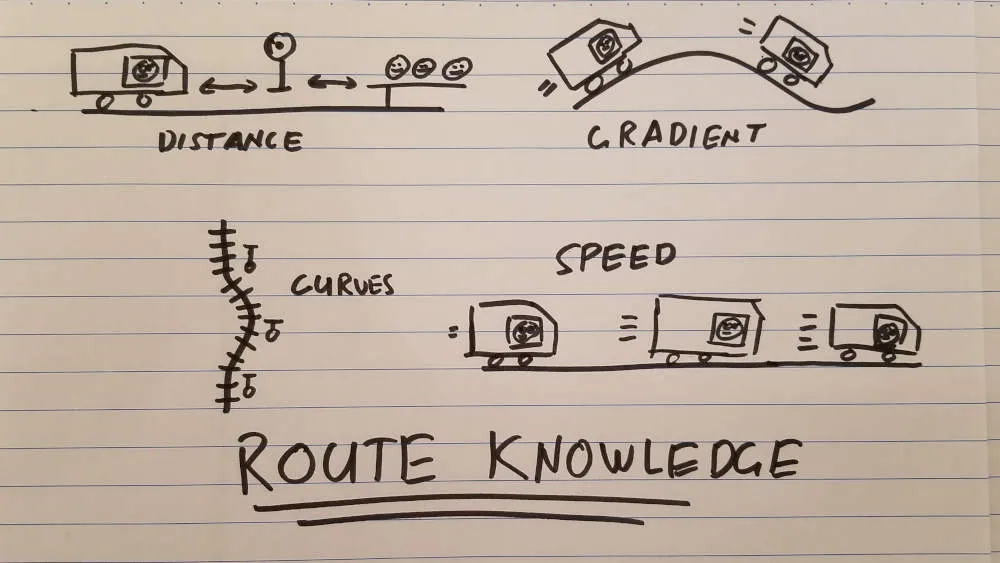
How train drivers know when to stop, explained with pictures
A train driver knows when to stop the train because the train is approaching a stop signal, or the train is approaching a platform. The driver knows when to apply the brake due to having studied the route and experience driving this type of train. Markers are typically found on station tracks to help the driver line up the doors,...
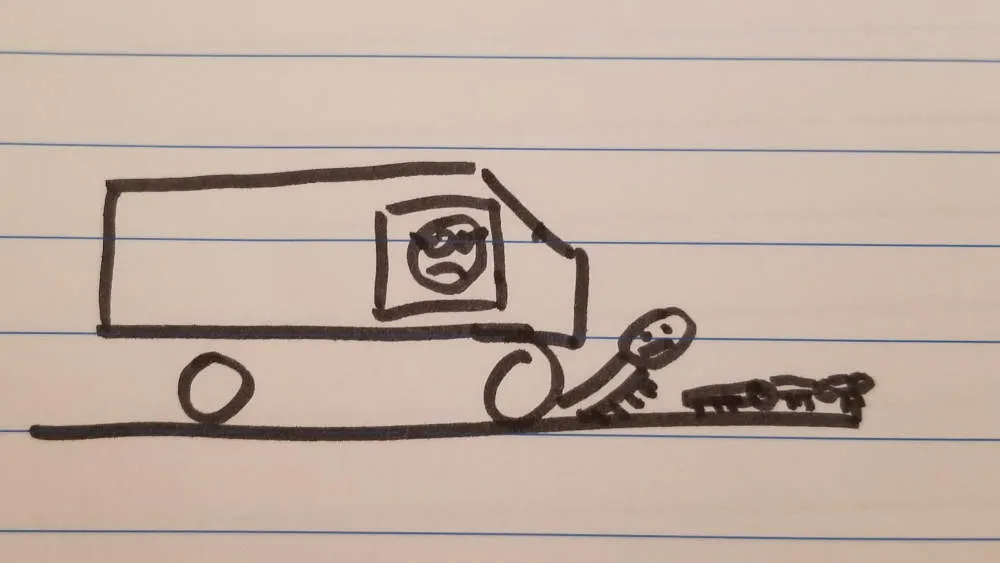
How long it takes to stop a train, and how to emergency stop one
Based on an analysis of 8 train configurations travelling at over 110km/h (65m/h), a freight train stops on average in 1848 meters (6062ft) and 77 seconds, and a passenger train stops in 731m (2400ft) and 46 seconds. The stopping distance can change if the train is going uphill or downhill, even at a very slight gradient.

How train drivers see at night, and why they don't need to
Train drivers use the train headlights to see at night, similar to car headlights. Unlike car headlights, the ones on a train are focussed on the track and not on a wide field of view. By focussing on the track, the train driver gets a view only of things that may obstruct the train. This means a train driver cannot...
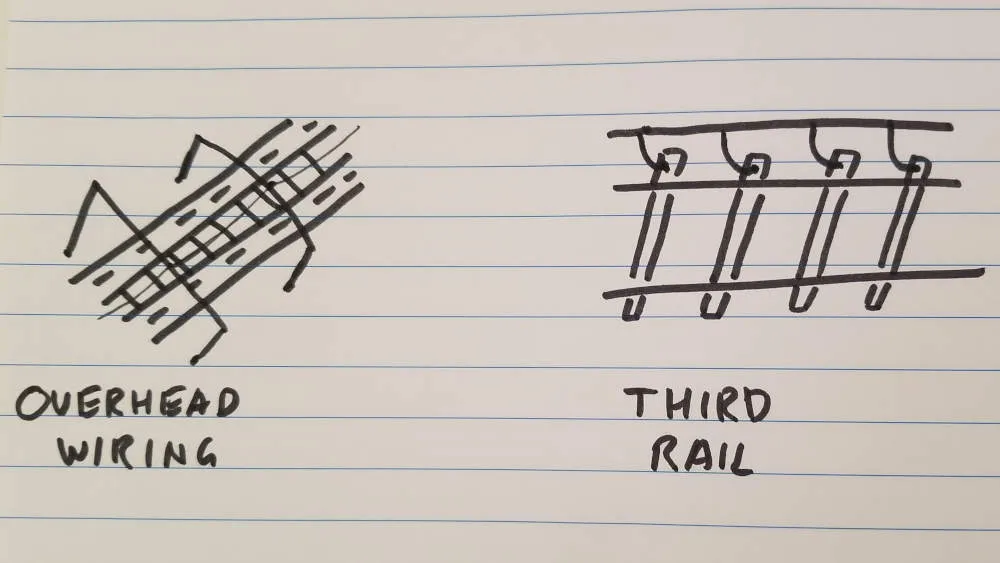
7 Challenges For New Rail Workers
When I started in the rail industry, these safety concepts required to work on track felt a little confusing. I started as an engineer in projects, but understanding all of these safety points is also a necessity for maintenance workers, drivers, and anyone else who works amongst live rail lines.
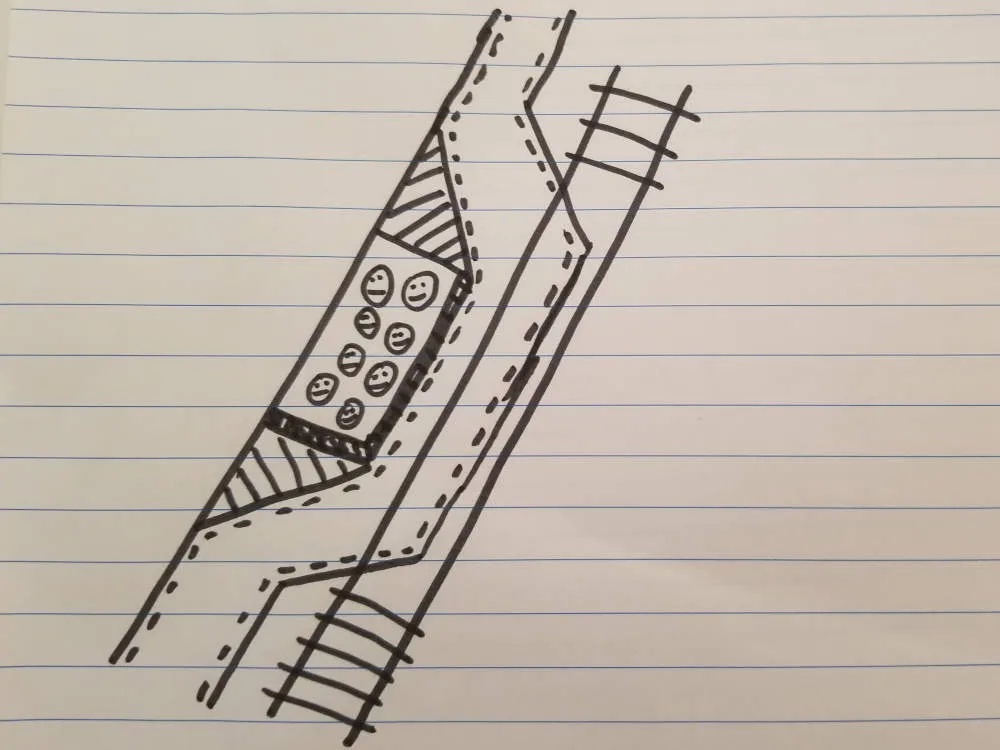
Heavy Rail and Light Rail, the difference explained with pictures
The differences between heavy rail and light rail are:
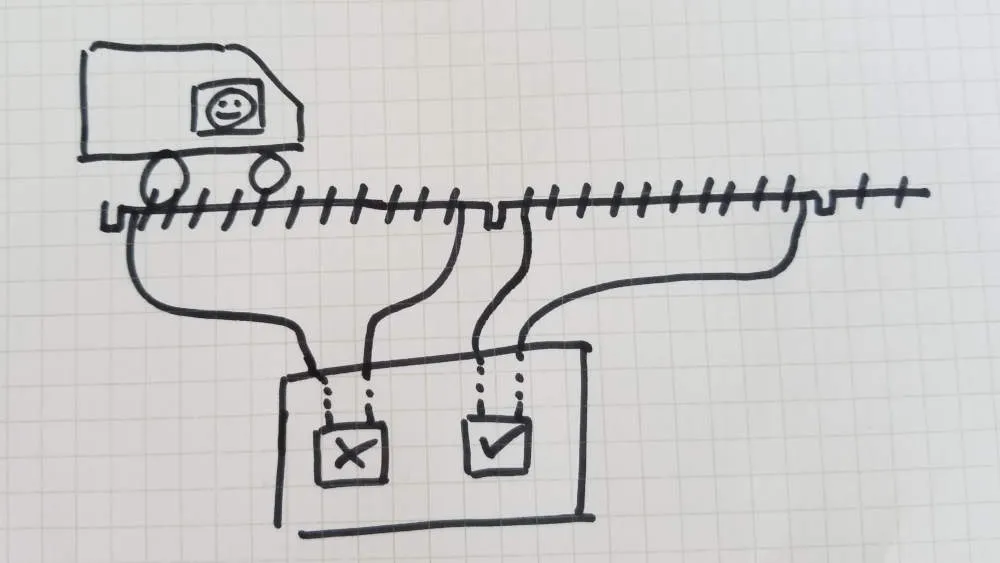
6 Concepts Essential for Understanding Signalling
Rail signalling is the system that tells trains where to go while preventing them from crashing. I’ve put together this list of some of the terms I believe are essential to getting started in understanding rail signalling.
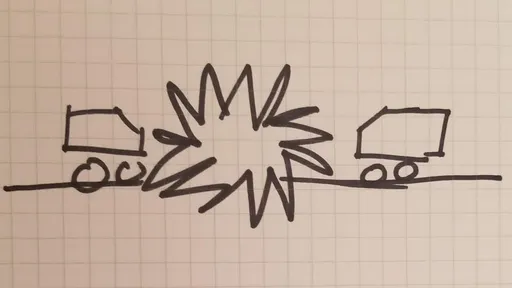
What Rail Signalling Is, a Visual Guide to Why and How
What is rail signalling? Rail signalling is the directing of trains to ensure they do not collide. Signalling systems range from simple tickets to complicated communications based train control. All systems have the same goal in mind: To tell trains where to go while preventing them from colliding.
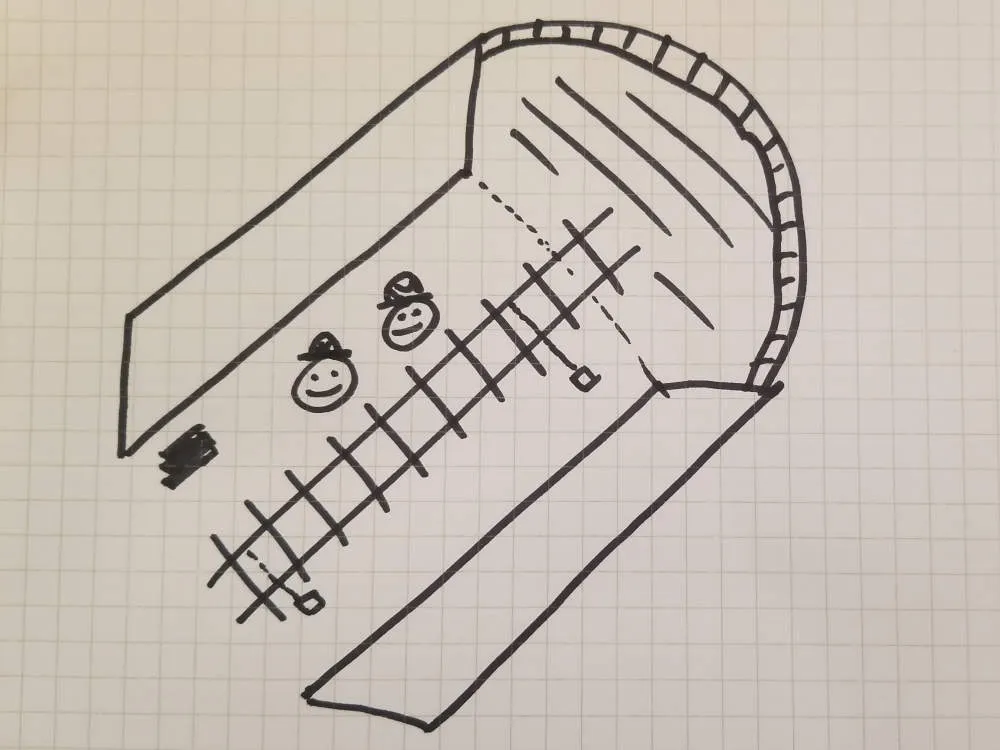
5 Concepts to Learn When Starting a Career in Rail
When I started in rail there was a steep learning curve. Lots of new terms, new ways of thinking, and new work to get my head around.
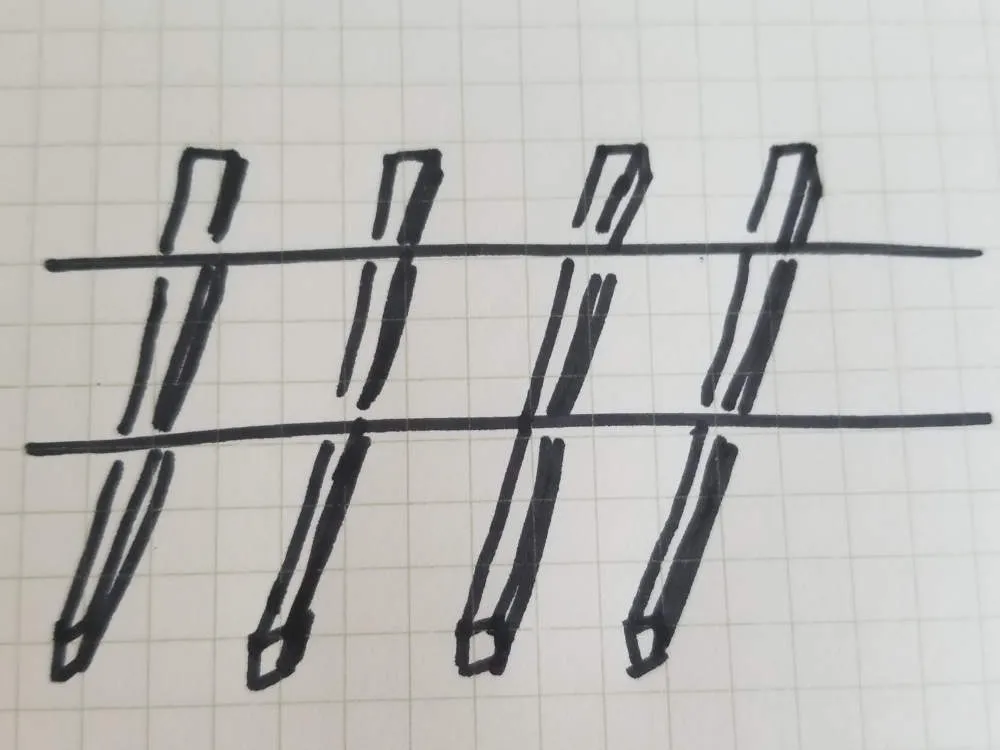
Why Rail Tracks Have Stones, Explained With Pictures
Why do rail tracks have crushed stones under the tracks? The crushed stones underneath the tracks are called ballast. Ballast provides a smooth and consistent surface for the tracks, and this means a smooth run for the train. By using crushed stones, rather than say a solid block of concrete, movement due to trains and heat can be absorbed by...

What Track Maintenance Is and How It Still Employs People
I used to work with (and still do occasionally) crews of people responsible for maintaining train lines. These crews specialise in maintaining the trains, the signals, or the tracks. I’m sharing here what track maintenance is, and what these crews get up to.
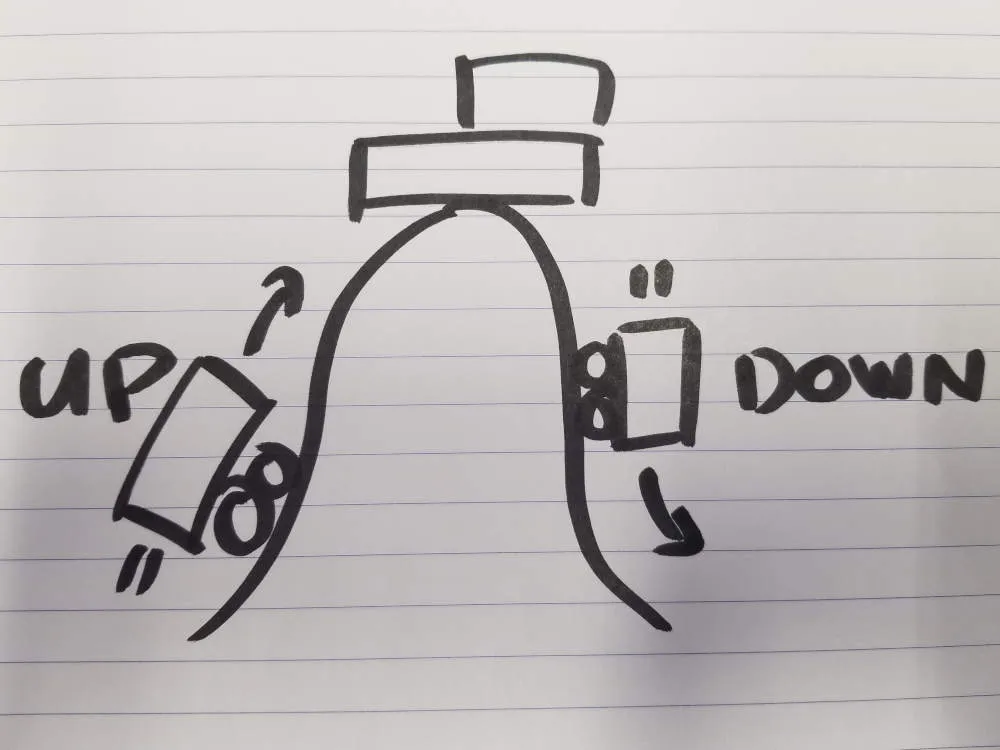
11 Industry Insider Rail Terms that can Confuse New Comers
Here are 11 industry insider terms I struggled with when I first started working in the rail industry. From consist to ballast, understanding these terms helped me move from new comer to productive rail engineer.
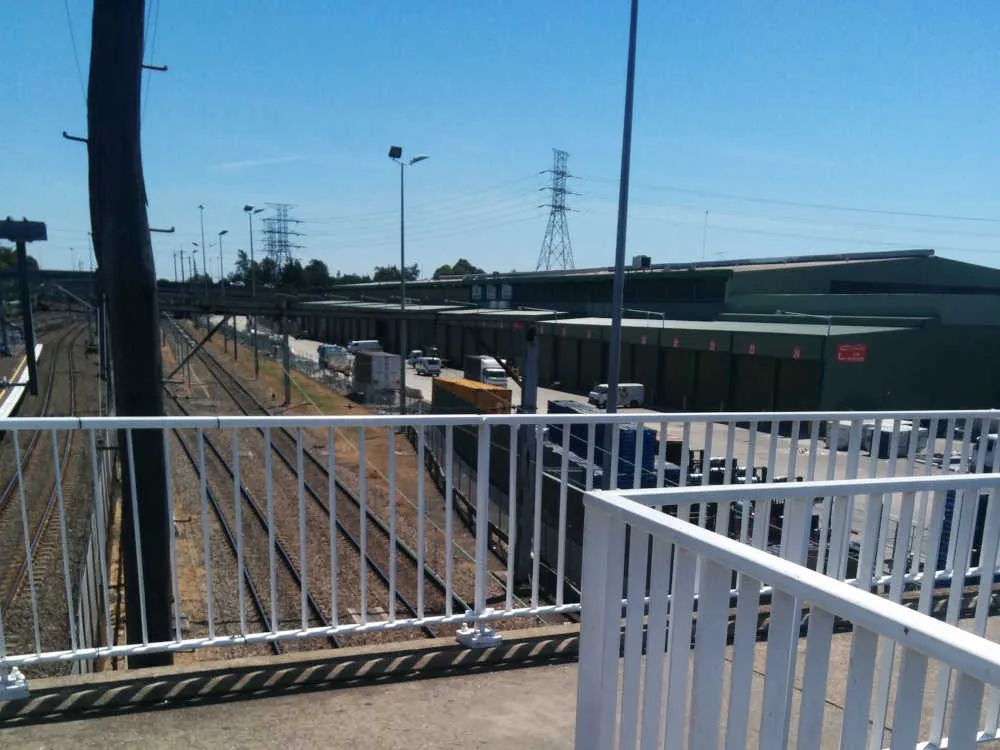
Where do trains park at night and what happens in a train depot?
Where do trains park at night? At night, most trains park in the train depot. Trains are parked here so they can be checked, inspected, maintained, and repaired, getting them ready for the next service. Different parts of the train have to be replaced or repaired typically after a certain number of hours running or kilometres driven by the train....
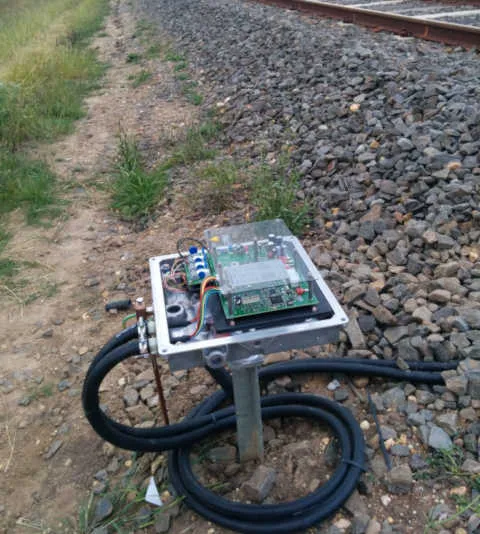
How trains avoid collision and what are the rules for keeping trains safe
Trains avoid collision by following a simple rule: A train cannot move forward until the driver is sure there is no train on the path ahead. Train drivers, even automated train driving computers, are protected by rules that only allow the train to move when there is no train ahead. Helping trains move within the rules of this safe protection...
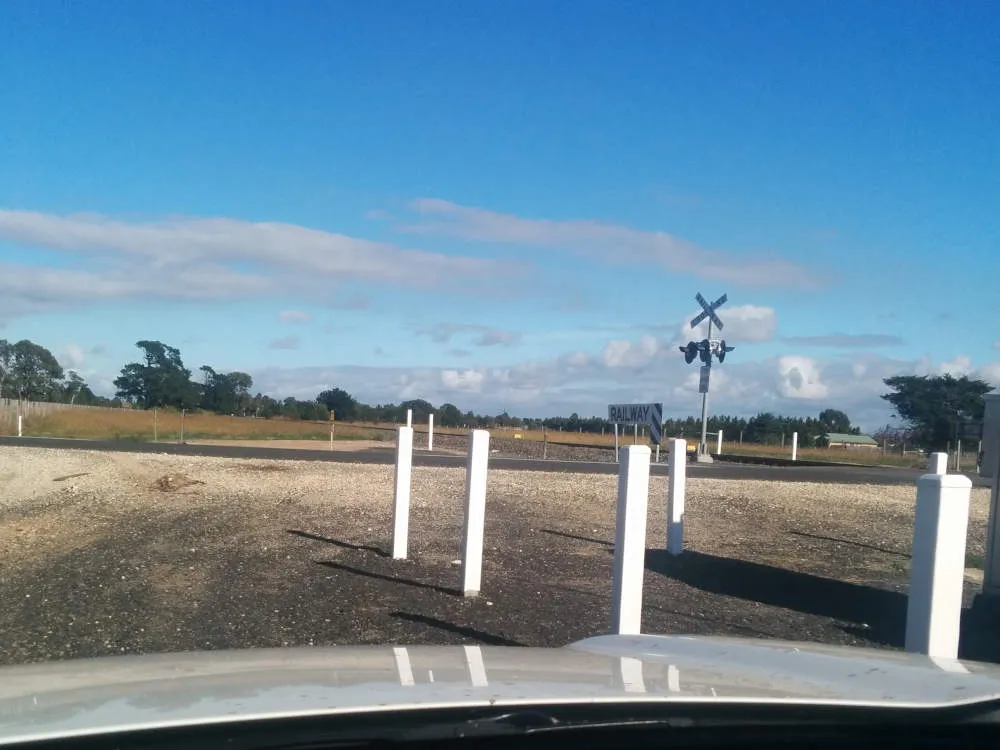
How do trains activate crossings and why crossings stay closed for so long
Trains activate road crossing signals when a crossing detects that the train is approaching. The crossing uses a signal of electric current to figure out if there is a train near the crossing, which direction the train is travelling in, and how fast the train is moving. This can be through a computer that calculates these based on the Doppler...

How trains drive themselves and what that means for human jobs
Trains can drive themselves with a computer system called Automatic Train Operation. The computer system is responsible for accelerating the train, braking the train, applying the emergency brakes if a dangerous scenario is detected, and it can even open and close the doors at the platform. Self-driving trains don’t mean the end of jobs in rail however, there are still...
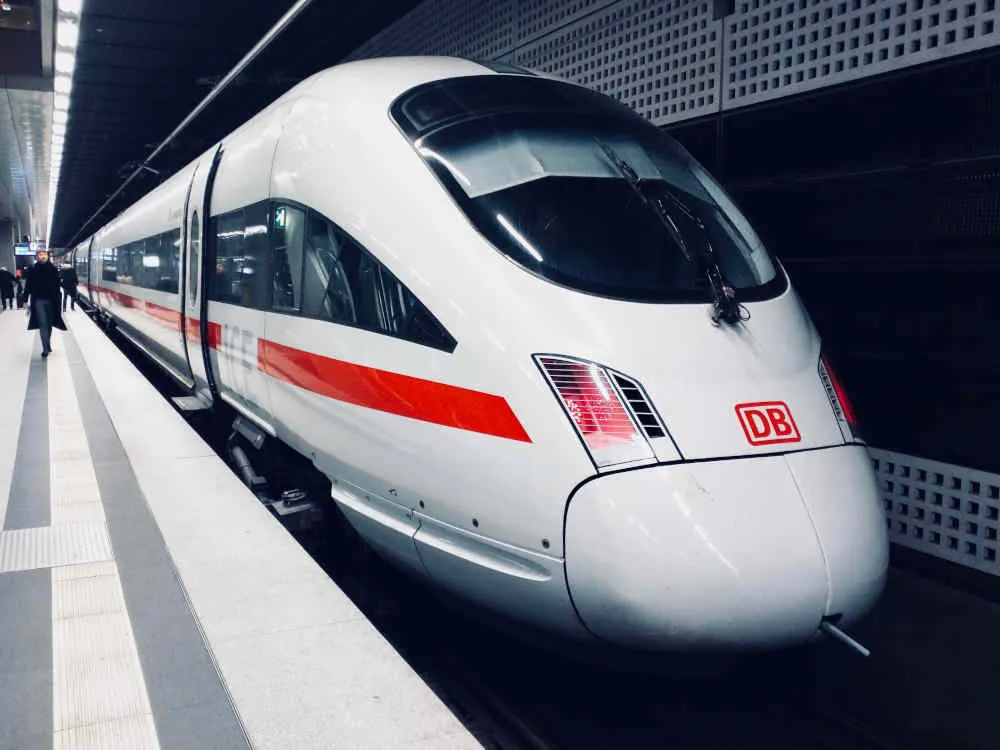
5 jobs people can still do on an automatic train system
I see more and more automation each day in the rail industry. Trains drive themselves; computers write timetables; equipment identifies its own faults and tries to repair those faults.
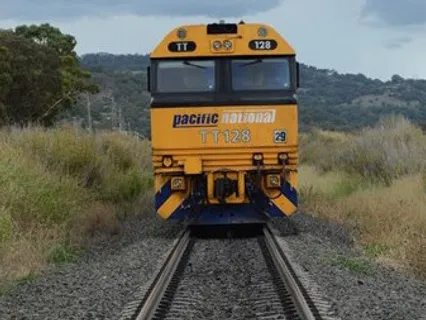
Why trains honk and what can be done to reduce the noise
Trains honk their horns in warning every time there is added possibility that the train may injure a person. Trains typically honk their horns at level crossings, pedestrian crossings, when leaving a station, when running express through a station, when they start moving in a depot, when they’re going past a maintenance crew, and when they see a person or...
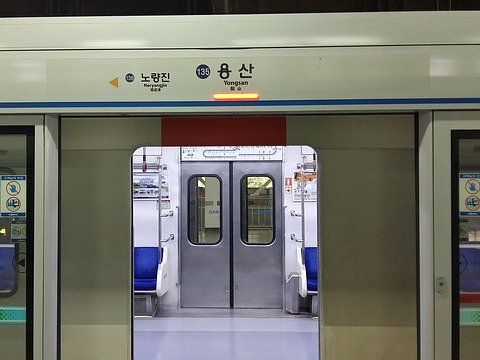
How automatic train control works and what jobs are there
Automatic train control is used to describe a few different systems that work together to automatically control trains. The two most important systems are Automatic Train Operation and Automatic Train Protection. These systems independently work to run the train throughout the line, and to protect the train from doing something unsafe. Automatic train operation helps or replaces a train driver;...
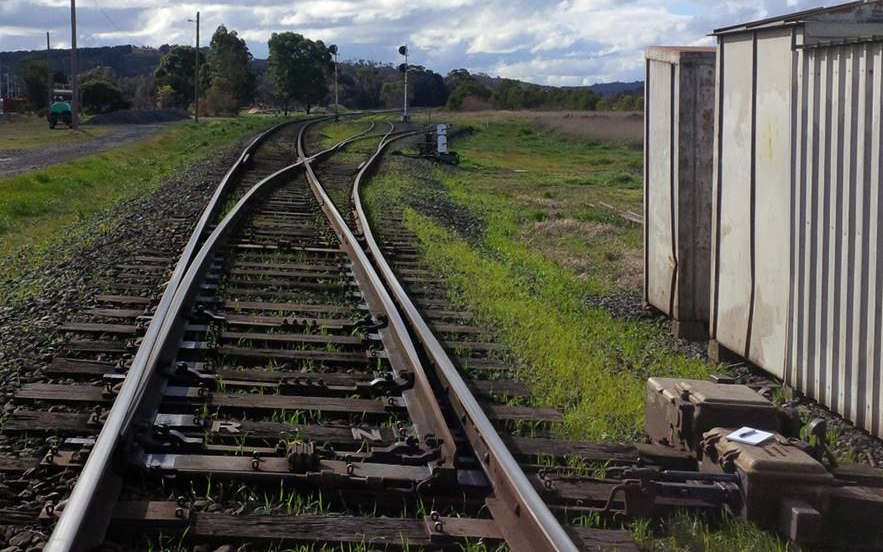
How trains change track and how they know which track to choose
Trains change track using a machine that switches the direction of the rails. The switch or point machine moves blades of rail into place that change the direction of the train wheels. Deciding which track a train should use is the job of the train controller, though it is usually handled automatically by computer.
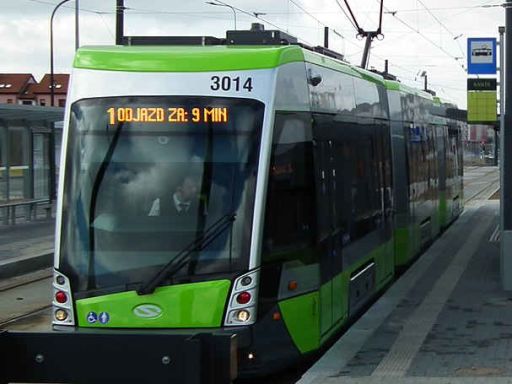
What is the difference between trains and trams
The difference between a train and a tram is that a train runs on its own tracks separate from other vehicles; a tram shares at least part of its track network with other vehicles such as cars. In some cities, the word train can refer to the vehicles that run on a tram network, on a traditional train network, or...
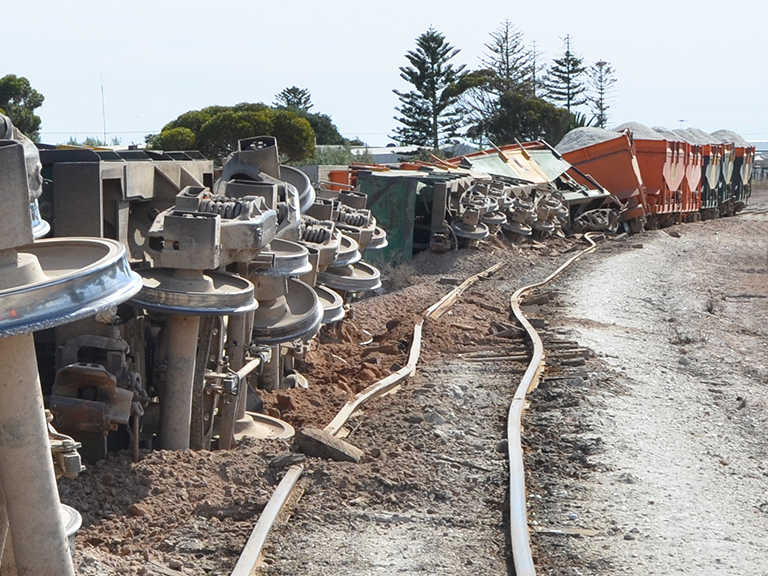
Why do trains derail and how we can prevent it
A study of 4 years of train derailment data shows trains most commonly derail due to problems with the track, such as broken rail. Other common causes are broken axles on the carriages caused by insufficient lubrication; weather events such as strong wind and flooding; and operator error such as allowing the train to run too fast. We’ve taken a...
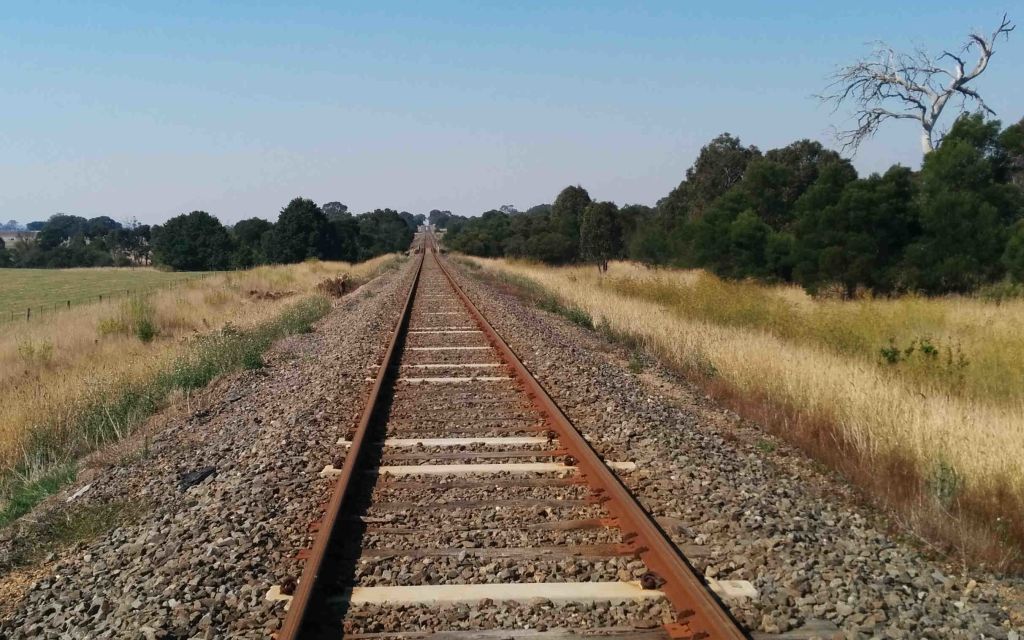
Is rail engineering a good career and how you can get a job in rail
Rail engineering is a future-proof career that offers great salaries for any level of education. As cities develop their smart city visions, rail projects continue to form the foundation of those visions. Good rail engineering careers are available in maintaining track, maintaining rolling stock, and maintaining signalling.
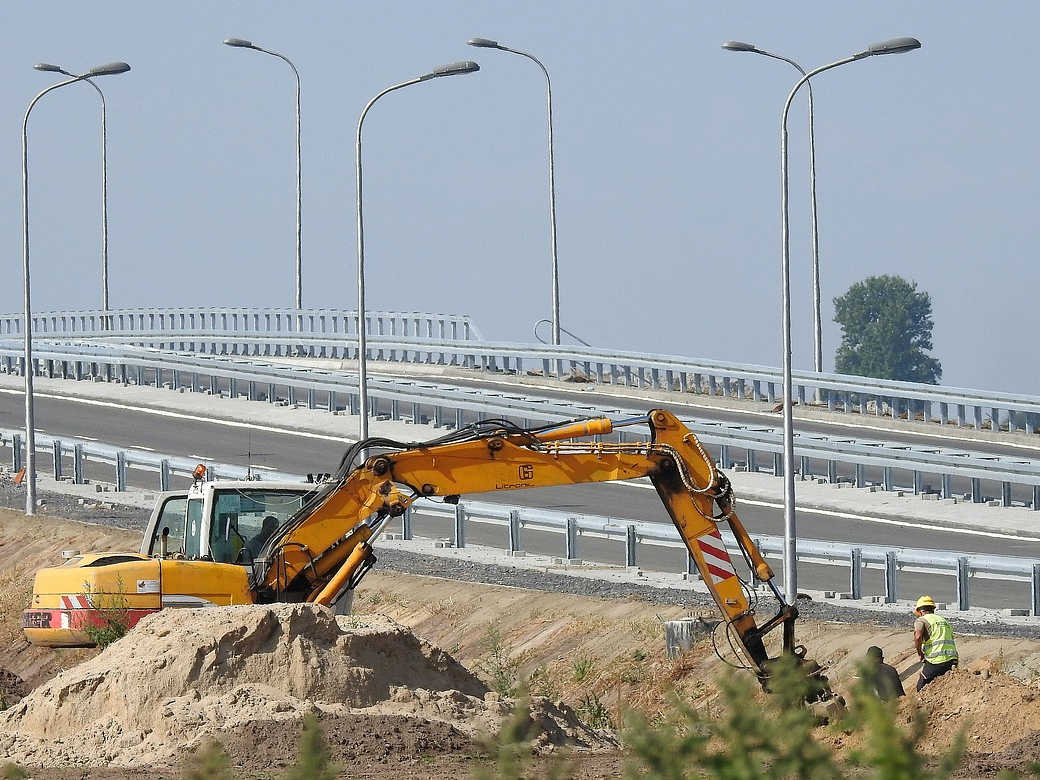
3 smart city engineering jobs with great growth potential
Smart cities are a step towards greater automation in our world. Automation has become synonymous with job losses. After years watching the changes in the industry, I’ve put together a list of what I think will be the growth opportunities for engineering jobs thanks to smart city development. Three smart city engineering jobs with great growth potential are railway engineers,...
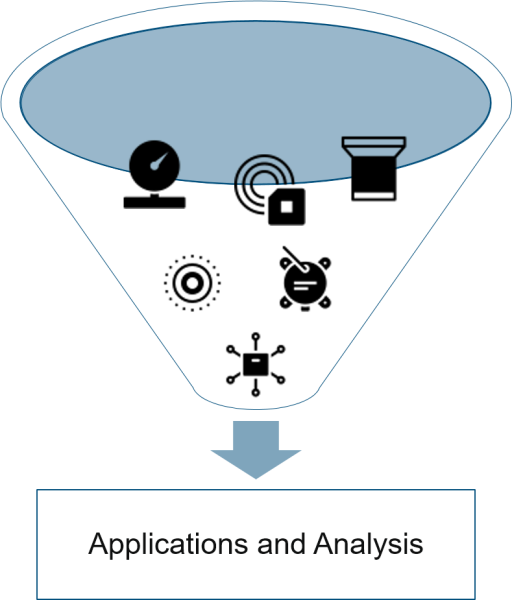
What are smart city sensors and what jobs can sensors provide?
Smart city sensors are the best way to collect data in a smart city. They are electronic systems designed to monitor something and then send that data to be processed. Smart city jobs that involve working with these sensors include designers, installers, and maintainers of smart city infrastructure. What are sensors for smart cities
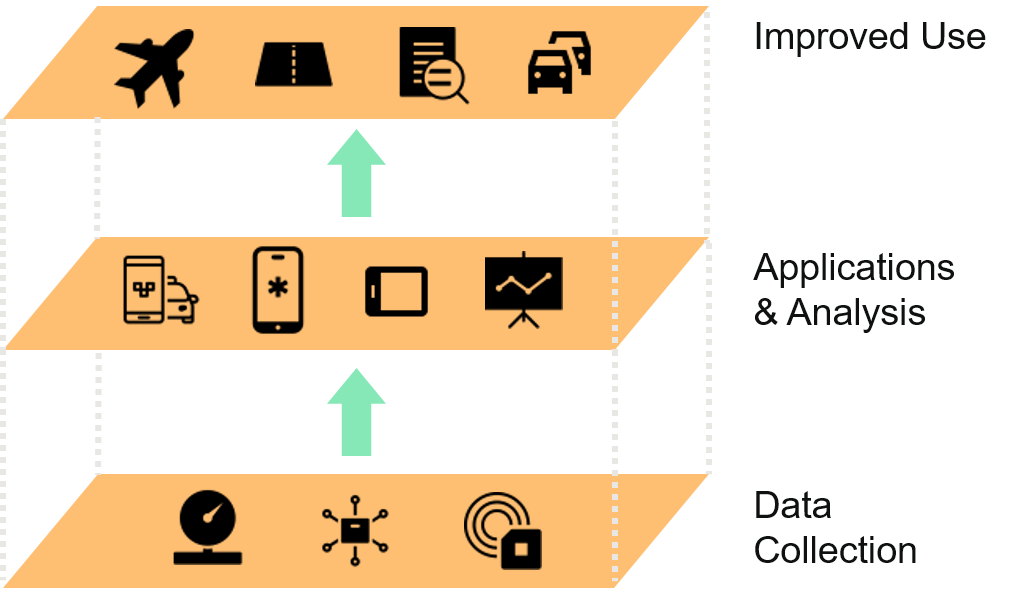
What are the benefits of relocating to a smart city
The benefits I’ve experienced in moving to a city that’s becoming a smart city are an easy and efficient way to move around, cheaper electricity and water, and an easy to work with government. No city meets every definition of what a ‘smart city’ is. Many cities around the world right now are on their way, and I love living...
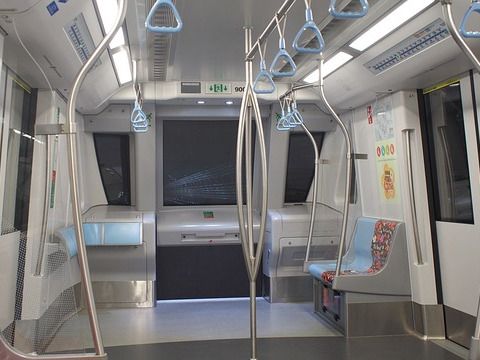
Is there a future for an infrastructure career?
With a push for innovation and automation, and with continual need to be operated and maintained, a lifelong career can be built out of working on infrastructure. If you can innovate, automate, or operate roads, rail, bridges, tunnels and other infrastructure projects, you will have a good career.
What Victorian jobs will boom thanks to the 2019 budget?
Victoria laid down a budget this year packed with infrastructure spending. We took a look to see what we think the jobs growth will be over the next few years thanks to this budget. If you’re constructing roads, rail, or solar we’ve got good news for you.
6 Recession Proof Jobs that don't Require a Degree
It’s been 10 years since the Global Financial Crisis. Given there’s an economic slowdown on average every 7 years, we’re overdue. When it hits, people will lose their jobs. What jobs will survive, or even thrive, during a recession?
5 of the Best Cities to Find a Construction Job in the UK
We analysed jobs data to determine where in the UK it’s easiest to find a job. Based on a calculation of the greatest number of construction jobs available per person, currently the best cities in the UK for finding a job are: Leeds Manchester Bristol Liverpool Sheffield
Will I lose my construction job to AI?
If you talk to your customers, you are less likely to lose your job to artificial intelligence. For all the development in chat bots and language processing, a computer still struggles to interpret customer requirements, understand their issues, and deliver work that meets their needs.
What the best construction jobs are for keeping fit
Is there a job you can do that will help keep you fit? We think there is in construction. Whether your fitness is cardio or muscle strength and endurance, we took a look at what the best construction jobs are for keeping fit.